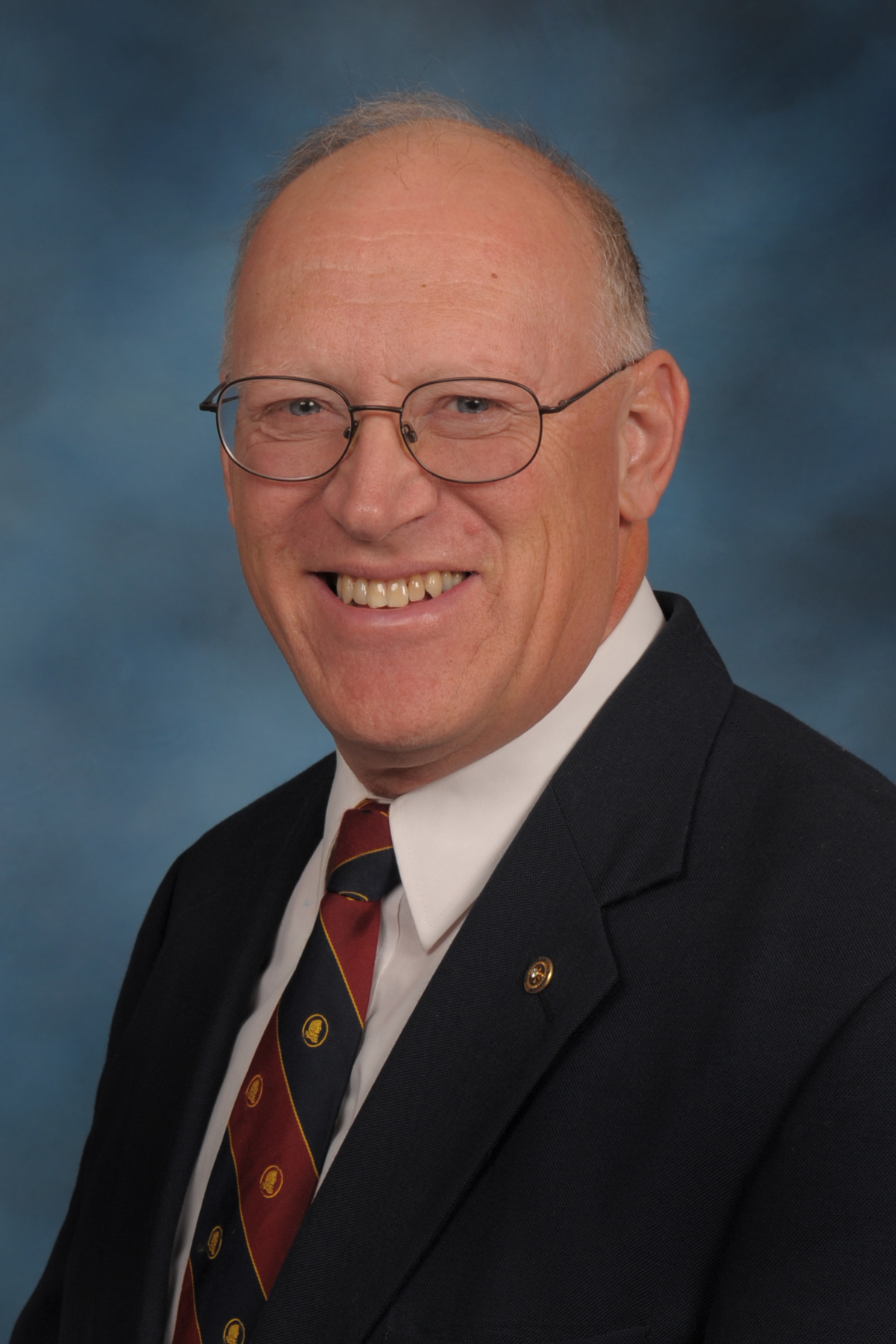How can beef be better? How can producers be compensated for improved quality? Those vexing questions were facing the cattle industry in the 1990s when an innovative group of producers tackled those issues head on. Their work became a success story in building demand by responding to customer needs.
 Last week we learned about Mark Gardiner of Gardiner Angus Ranch. He told us about changes in beef marketing through the years.
Last week we learned about Mark Gardiner of Gardiner Angus Ranch. He told us about changes in beef marketing through the years.
As mentioned, the 1990s were a challenging time for the beef industry. Beef demand had fallen, compared to other proteins. Industry leaders commissioned a national beef quality audit, and the results were not good. “The audit said that one in four beef eaters was not getting a good steak,” Mark Gardiner said. “We were losing beef demand left and right.” The cattlemen felt they were being taken advantage of in the marketplace by the beef packers and wanted to capture more of the processing value.
With the encouragement of a new farmer-owned cooperative, the 21st Century Alliance, a group of innovative cattle producers got together to see if they could market their beef more effectively. In 1995, 21 cow-calf producers first met to discuss the concept of forming a marketing cooperative that would vertically integrate the beef industry for its members. These producers came from around Kansas, including rural communities such as Maple Hill, population 371; and Long Island, population 174 people. Now, that’s rural.
The cattlemen agreed to form a new organization called U.S. Premium Beef. Among the founding board members was Mark Gardiner.
The board selected Steve Hunt as CEO of the company and began exploring options for business. They concluded that, in order to have their own packing plant, they had to build it or buy it.
In 1997, U.S. Premium Beef agreed with Farmland Industries to purchase up to 50 percent of what is now known as National Beef Packing Company – the nation’s fourth largest beef processing company and an international leader in the value-added arena.
Another challenge was to find a way to reward higher beef quality. “We went all over the U.S.,” Mark said. He asked one beef packer, “What kind of cattle make the most money for you?” The answer was: High quality cattle. In other words, the cattle which produced prime and choice steaks generated more revenue for the meat processor than the poorer cattle.
U.S. Premium Beef then designed a grid system which offered producers a financial premium for cattle which met certain quality standards that would produce better beef. “The goal was value-based marketing,” Mark said. “We need to get paid what the cattle are worth.” The incentives in the grid system rewarded higher quality.
In order to finance the purchase of an interest in the packing plant, U.S. Premium Beef successfully conducted a stock offering in fall 1997. The ownership interest conveyed to producers the right and obligation to deliver cattle meeting certain standards. The system also conveyed carcass quality information back to the producer to help them make continuous improvement.
U.S. Premium Beef has evolved since that time. Mark Gardiner became board chair. In 2004, U.S. Premium Beef transitioned into a limited liability company. In 2011, a majority interest in National Beef Packing was purchased by Leucadia National Corporation.
U.S. Premium Beef’s performance through the years has been outstanding. According to Mark, from 1997 to 2018, U.S. Premium Beef had 15 million head of cattle delivered and generated grid premiums of $500 million, patronage payments of $84 million, and distributions of $993 million. That represents a benefit of $1.58 billion dollars to its members.
For more information, see www.uspremiumbeef.com.
How can beef be better? These cattlemen found a way to do it. We commend Mark Gardiner, Steve Hunt, and the visionary cattlemen of U.S. Premium Beef for making a difference by finding better ways to market beef, improve beef quality, and respond to consumer demand. They found that bonus bucks provided incentive to build better beef.
And there’s more. For the Gardiner family, everything changed on one windy day in March 2017. We’ll learn about that next week.
Audio and text files of Kansas Profiles are available at http://www.kansasprofile.com. For more information about the Huck Boyd Institute, visit http://www.huckboydinstitute.org.
